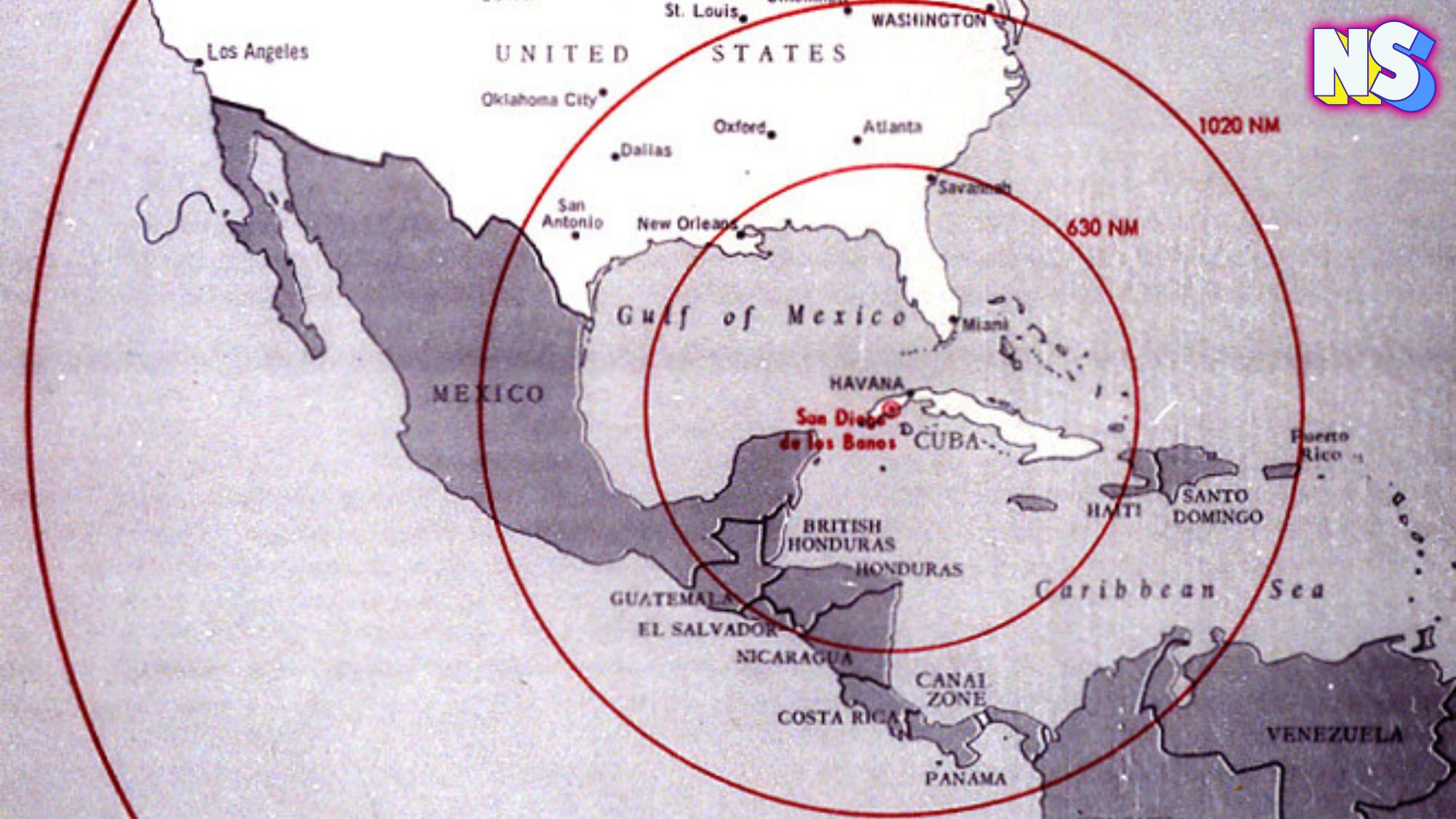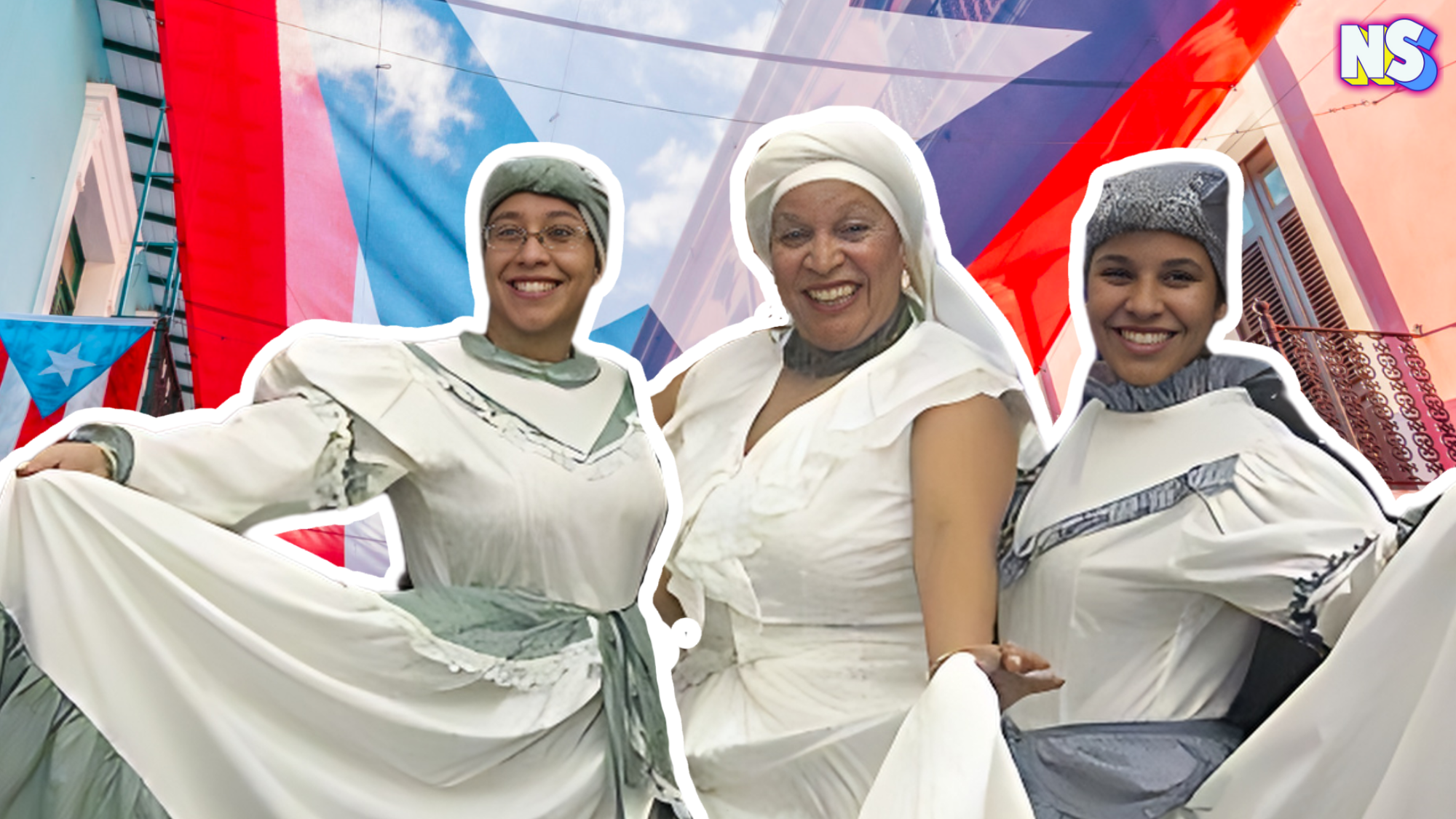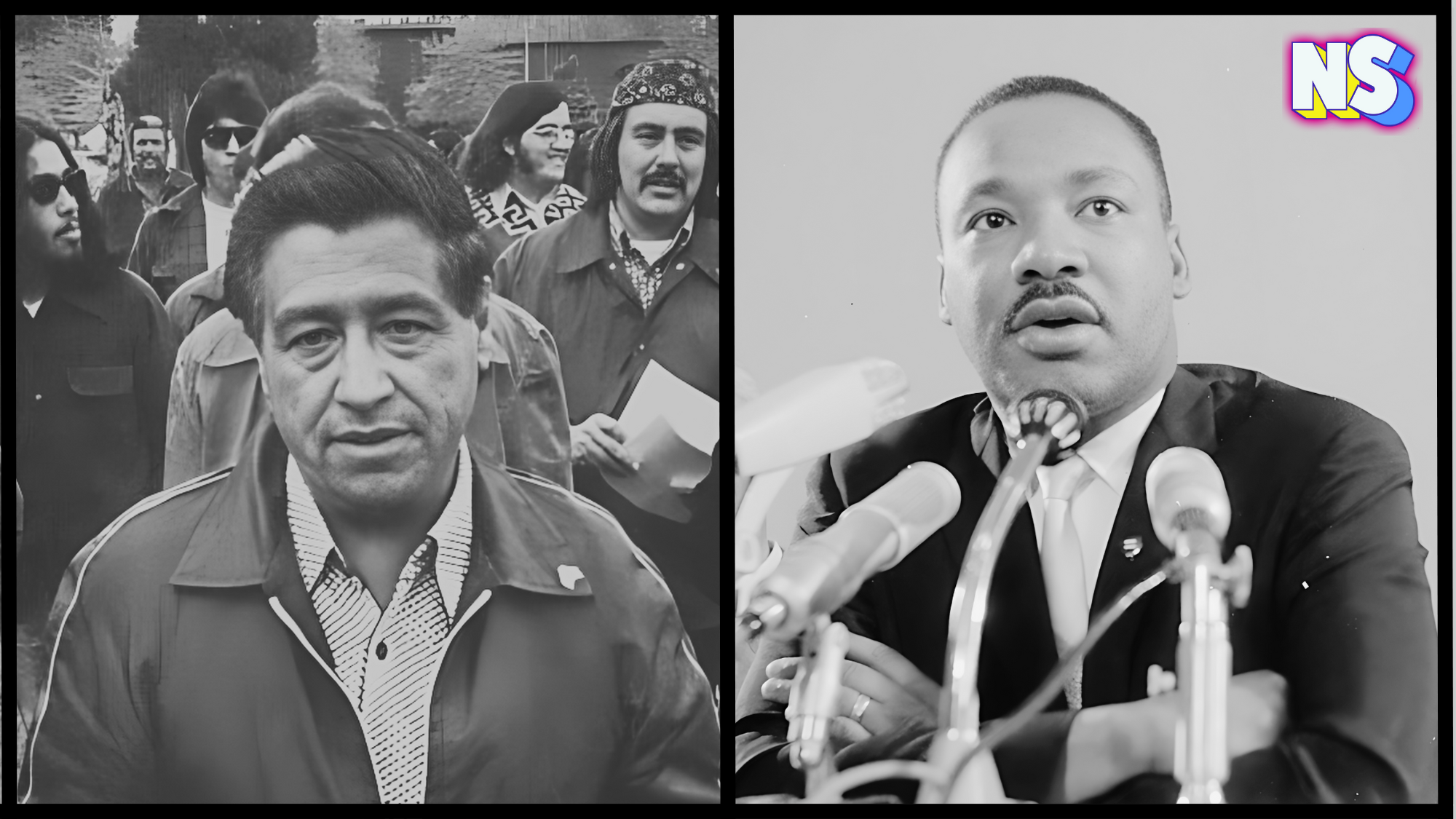Flashback to October 1962, tensions were soaring as the United States and the Soviet Union were locked in a political and military standoff. The Soviets had deployed missiles in Cuba, right on America’s doorstep.
Thirteen days of nail-biting anxiety followed. The entire world was on the edge of nuclear war.
Then something magical happened. In the midst of this chaos, husband-and-wife songwriters Nöel Regney and Gloria Shayne created the classic holiday song “Do You Hear What I Hear?”
It was a heartfelt plea for peace, during a time of worldwide tension.
“Noel wrote a beautiful song,” Shayne said later, according to franciscan media. She added: “and I wrote the music. We couldn’t sing it through; it broke us up. We cried. Our little song broke us up. You must realize there was a threat of nuclear war at that time.“
They were never asked to write about the threat of a nuclear war though.
So, why did they?
The Untold Tale Behind ‘Do You Hear What I Hear?‘
It was the fall of 1962 and Noel Regney had been asked by a record producer to write a song to promote the joy of the upcoming holiday season.
“I had thought I’d never write a Christmas song, ” he later said in an interview. “Christmas had become so commercial. But this was the time of the Cuban Missile Crisis. In the studio, the producer was listening to the radio to see if we had been obliterated.”
Naturally, he couldn’t focus on the words for a Christmas song, so he wrote something else.
“The events taking place made him fearful that the world was on the verge of WWIII, a threat to the safe and secure life he had built for himself in the United States,” FellOffMyUnicornMusic writes.
In an interview with Gabrielle Regney, the daughter of the songwriters, she explained that her father got inspiration for the now famous lyrics as he walked around New York City and saw some babies.
Regney had said that the babies reminded him “of newborn lambs” when they looked at each other. So, as a result, he rushed home to write “Said the night wind to the little lamb” as the first few words of the song.
“This division of labor was a switch for them: in most of their other collaborations, including “Rain, Rain, Go Away,” he wrote the music and she the lyrics,” the New York Times reports.
‘A Star, Dancing in the Sky’ is a Bomb
The lyrics of “Do You Hear What I Hear?” was a call to people everywhere to pray for peace and to work towards a better world.
An example of the symbolism in the song is the line “A star, a star, dancing in the sky.” They were referring to a nuclear bomb.
The songwriters used the image of a star to represent hope and light in the darkness of war, but is mostly known as a story of the Nativity.
“Do You Hear What I Hear?” was first recorded by the Harry Simeone Chorale in 1962 and has since become a Christmas classic.
“It has been recorded most famously by Bing Crosby, Perry Como, Robert Goulet, Johnny Mathis and the Harry Simeone Chorale; as well as by Pat Boone, Glen Campbell, Kenny G, Bob Hope, Whitney Houston, Mahalia Jackson, Jim Nabors, Kate Smith, John Tesh, the Tropical Flavor Steel Drum Band and the United States Air Force Symphony Orchestra, among hundreds of others,” the New York Times says.
To date, the song has sold tens of millions of records.
“I am amazed that people can think they know the song — and not know it is a prayer for peace,” Regney told the New York Times in 1985, according to the Smithsonian magazine. “But we are so bombarded by sound and our attention spans are so short that we now listen only to catchy beginnings.”
What is the Cuban Missile Crisis?
The Cuban Missile Crisis occurred in October 1962 when the United States and the Soviet Union faced off over Soviet ballistic missiles deployed in Cuba. It was a 13-day confrontation that brought the two superpowers to the brink of nuclear war. The crisis was resolved through diplomatic negotiations, with Russia agreeing to remove their missiles from Cuba.
The Cuban Missile Crisis is often considered the closest the world has come to nuclear war during the Cold War.
Featured image: Map of Northern America showing the full range of the nuclear missiles under construction in Cuba, used during the secret meetings on the Cuban crisis, courtesy of The John F. Kennedy Presidential Library and Museum, Boston.





